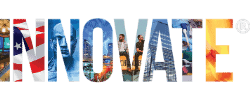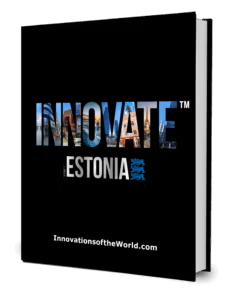Cities are stitched together by infrastructure – roads, rails, sidewalks, and transit routes. Yet for many, that final stretch between a transit stop and the destination is the hardest to bridge. Often, commuters surrender to convenience, hailing a car instead and adding congestion and emissions to already-strained streets.
Estonia’s Auve Tech exists to close that gap. Founded on the belief that innovation should feel practical, accessible, and human-centred, the company has become a pioneer in autonomous mobility. Its small, electric self-driving shuttles are designed to glide seamlessly through campuses, city districts, and business parks – quiet, safe, and dependable.
“Our mission is simple,” says Kaarel Variksaar, CEO of Auve Tech. “We design autonomous shuttles that make short trips easy, safe, and clean. If you think about the gap between a bus stop and your final destination – your home, a hospital entrance, a university building, or an office park – that’s where we step in.”
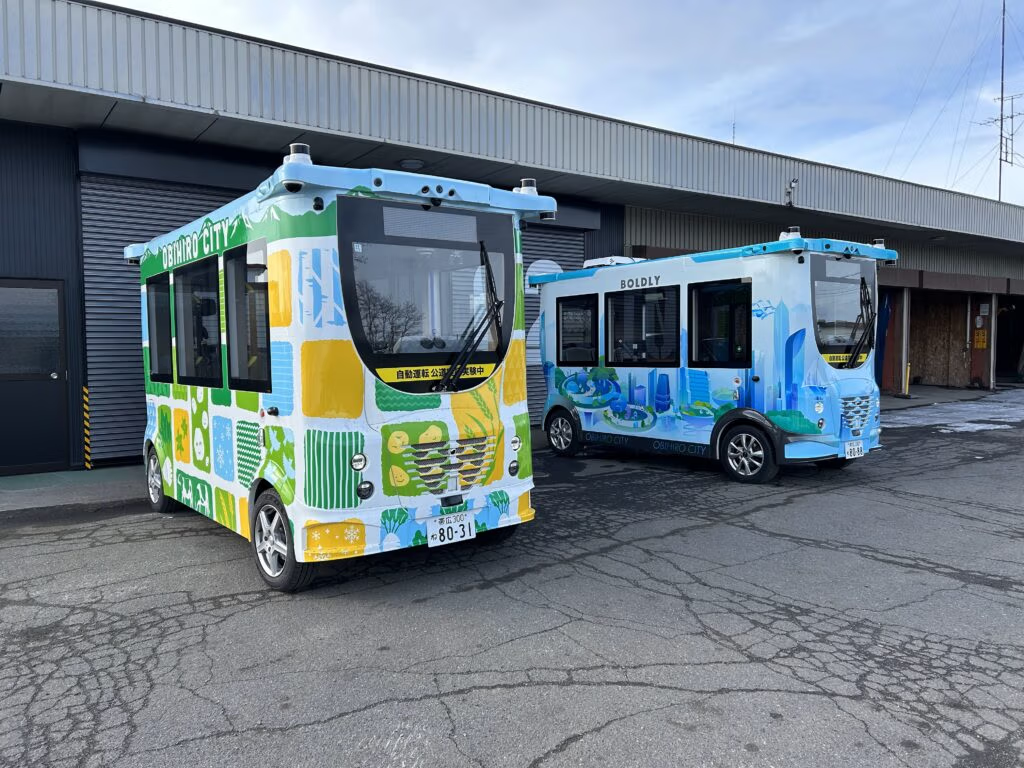
From a Small Country to a Global Vision
The origins of Auve Tech date back to 2018, when a prototype called Iseauto was developed in collaboration with Tallinn University of Technology. It marked the beginning of Estonia’s bold move into autonomous transport. By 2019, Auve Tech was officially founded, with a vision to transform short-range mobility into a service that communities could rely on.
“From day one, we wanted to prove that a small country like Estonia can do big things,” reflects Väino Kaldoja, Founder of Auve Tech. “We didn’t want to just experiment with prototypes; we wanted to create services people could actually use.”
Early trials ran in real-world environments – business parks, municipal routes, and university campuses. These weren’t tech demos; they were learning laboratories that shaped the company’s first-generation shuttle and the service playbook it still uses today.
Over the years, those lessons culminated in MiCa, a production-ready shuttle, and a robust operations model that partners worldwide could adopt. “The shift came when we stopped running one-off demos and started building repeatable services,” Kaarel recalls. “That’s when municipalities and operators could truly see us not as an experiment, but as a solution.”
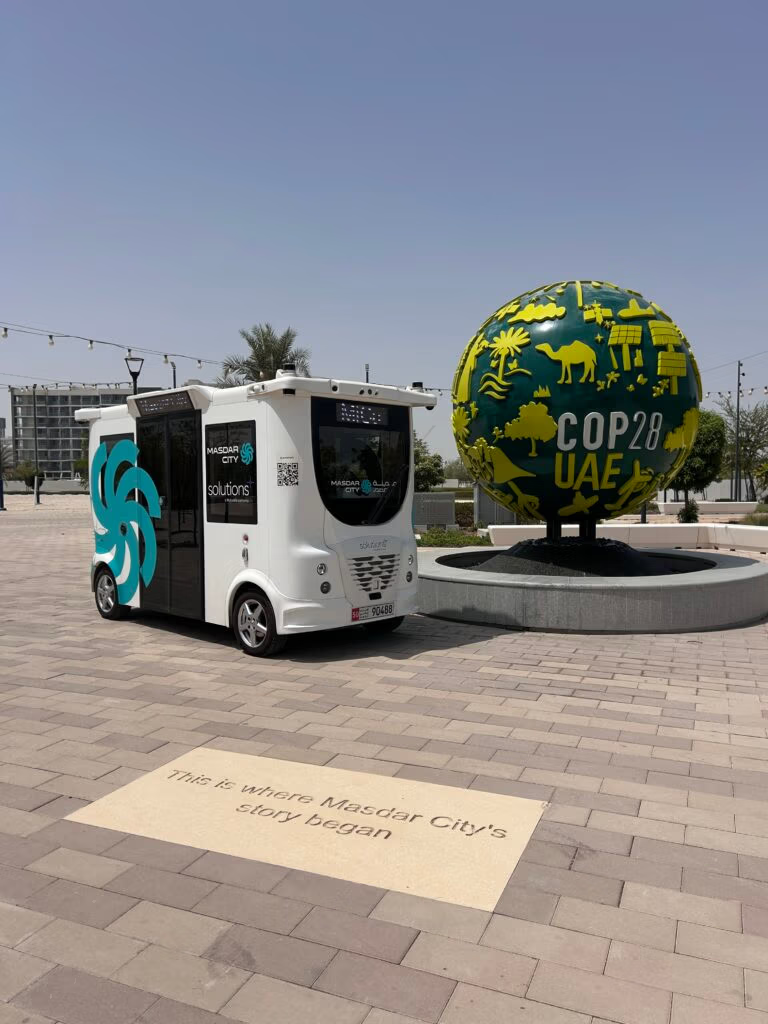
Innovation That’s Grounded in Reality
For Auve Tech, innovation isn’t about hype; it’s about progress you can measure in safer rides, predictable timetables, and services that remain affordable year after year.
“A ride should feel safe; the vehicle should show up on time; the service should remain affordable year after year,” says Kaarel. “If an idea doesn’t make the service safer, more reliable, or better value for money, it doesn’t move forward.”
That philosophy drives everything: from smoother boarding for passengers with limited mobility to resilient performance in snow or rain. Each improvement is about trust and usability, not headlines.
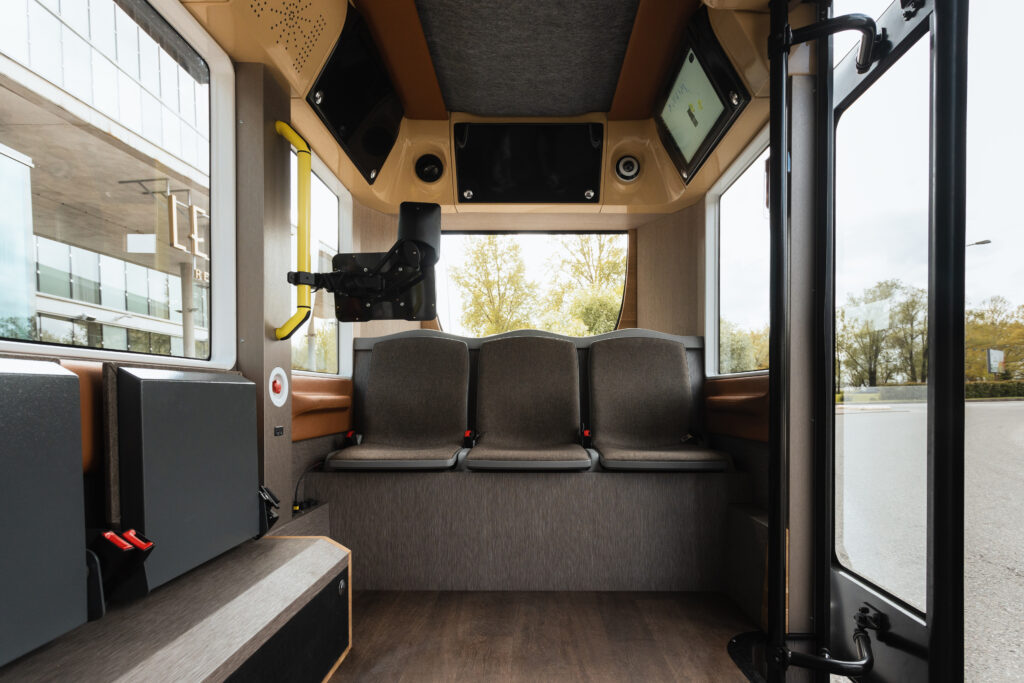
Built for the Job
Auve’s shuttle was designed for its role, not adapted from another vehicle:
- Compact, electric, and quiet: Ideal for pedestrian-rich areas.
- Passenger-first design: Intuitive boarding, including for passengers with limited mobility.
- Safe speeds: Perfect for low-speed areas like suburban areas, hospital zones, school areas, and campuses.
“Safety was never negotiable,” says Väino. “From the beginning, we knew that unless people felt secure stepping into our shuttles, the technology would not matter.”
With real-time monitoring, daily safety checks, and routes mapped in detail, the system prioritizes reliability and transparency. Behind the scenes, tools for scheduling, monitoring, and maintenance make operations easy for partners.
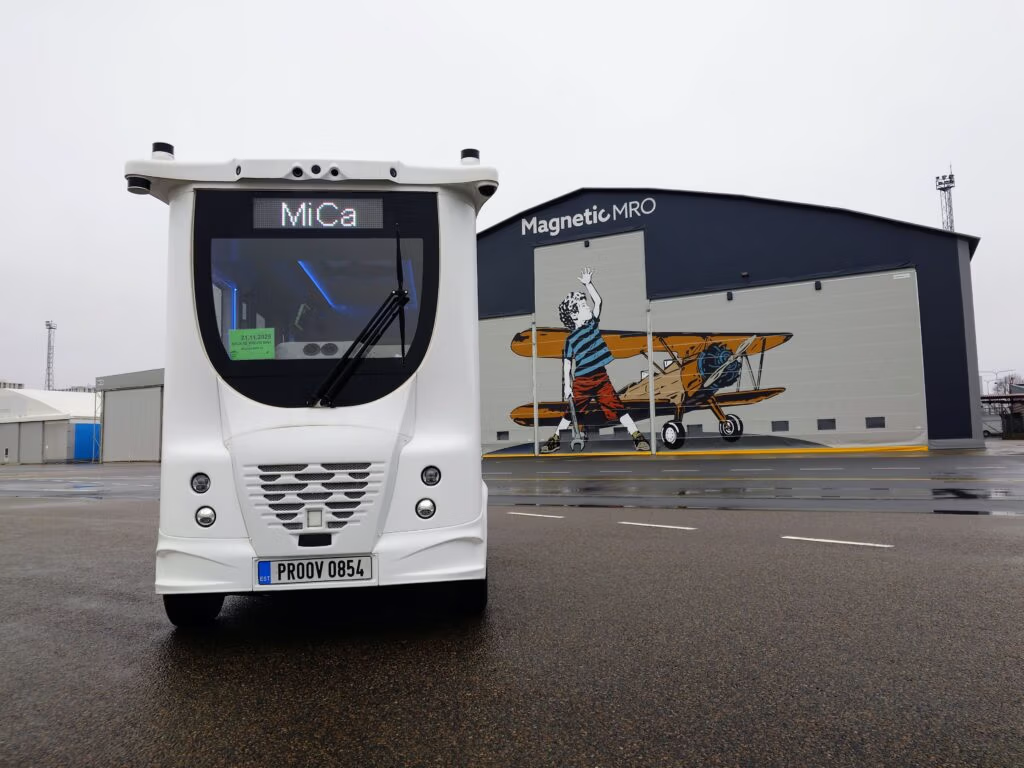
Pushing the Boundaries: Tech, Partnerships, and Proofs
Auve’s MiCa 2.0, powered by Auve Stack 2.0, raises the bar with resilience, AI-driven awareness, and redundancy through seven lidars and ten cameras that ensure 360° vision.
Auve Tech is scaling fast by focusing on what makes autonomous transport truly viable: one remote supervisor managing up to ten vehicles, unlocking Level 4 operation in more and more environments. Our vision embraces scalability but also recognizes the importance of a human connection — ensuring that in rare edge cases, there is always oversight and the ability to intervene. This approach not only lowers operating costs and enables commercial scalability but also brings communities closer to safe, reliable, and accessible autonomous mobility. MiCa has already proven itself on public roads in the U.S. and Japan, and in diverse environments across Europe and the Middle East — strong proof points that the future of autonomous transport is both real and ready to expand globally.
“Achieving Level 4 maturity in Japan and in open traffic is a significant leap forward for a young Estonian company,” says Väino. “It proves that our solutions can meet the highest international standards.”
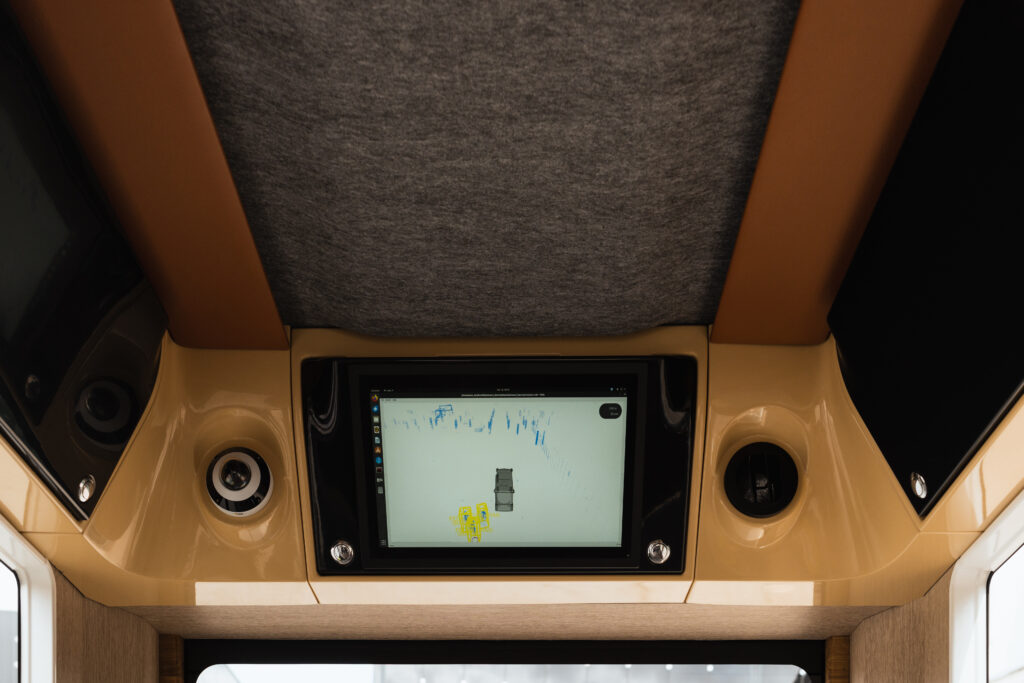
A Playbook That Scales
Every service launch begins with groundwork: surveying sites, mapping routes, training operators, and setting clear metrics like on-time performance, energy use, and rider feedback.
“When stakeholders can understand what they’ll get, how it will run, and how success will be measured, everything moves faster,” says Kaarel.
This model turns pilots into predictable services that cities can budget, scale, and integrate confidently.
The Turning Point
The breakthrough came when Auve moved from pilot projects to repeatable, standards-aligned services.
“Once we created a framework where operators, regulators, and passengers knew what to expect, everything changed,” Kaldoja explains. “We stopped being a novelty and became infrastructure.”
That shift gave municipalities confidence to expand routes, distributors clearer economics to present, and operators the ability to position shuttles as part of broader transport systems.
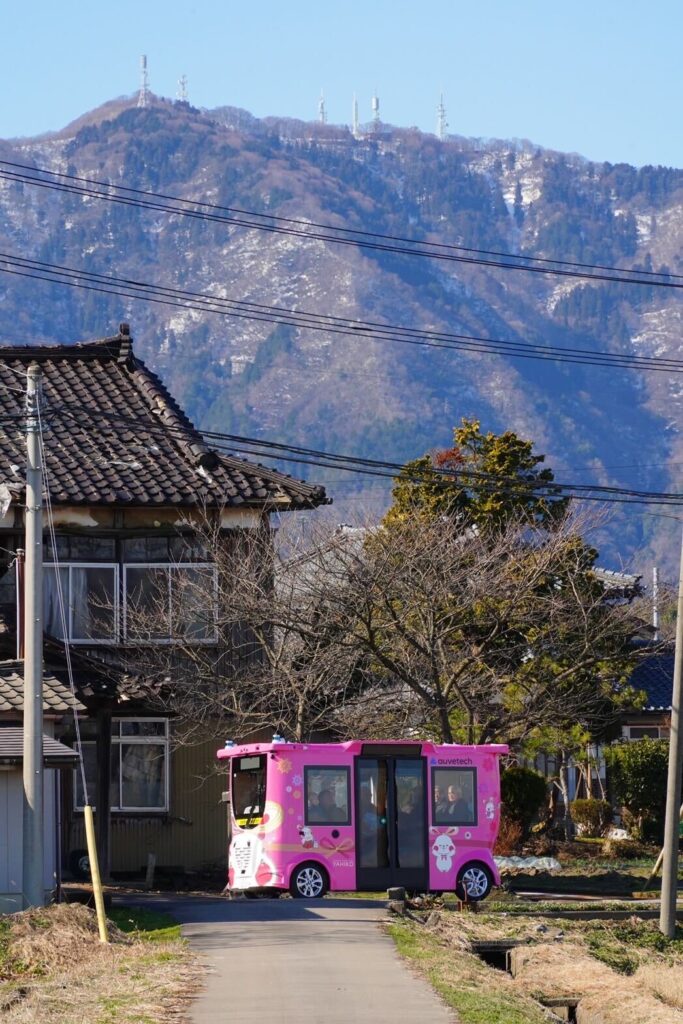
Looking Ahead: Dependable as an Elevator
Auve’s future vision is deliberately simple: autonomous shuttles should feel as dependable as pressing an elevator button.
“The future is about widening where and when the shuttles can operate,” says Kaarel. “That means handling tougher weather, longer operating hours, and fitting more naturally into existing public transport. We’re also focused on improving remote support so a small team can oversee a larger fleet.”
For Väino and his team, the horizon is even wider. In 2020, Auve unveiled Liisu, the world’s first autonomous hydrogen shuttle, developed with the University of Tartu. “We named it after my granddaughter, Lisandra,” Väino says. “Because this work is about building transport that is safe, clean, and future proof for the next generation.”
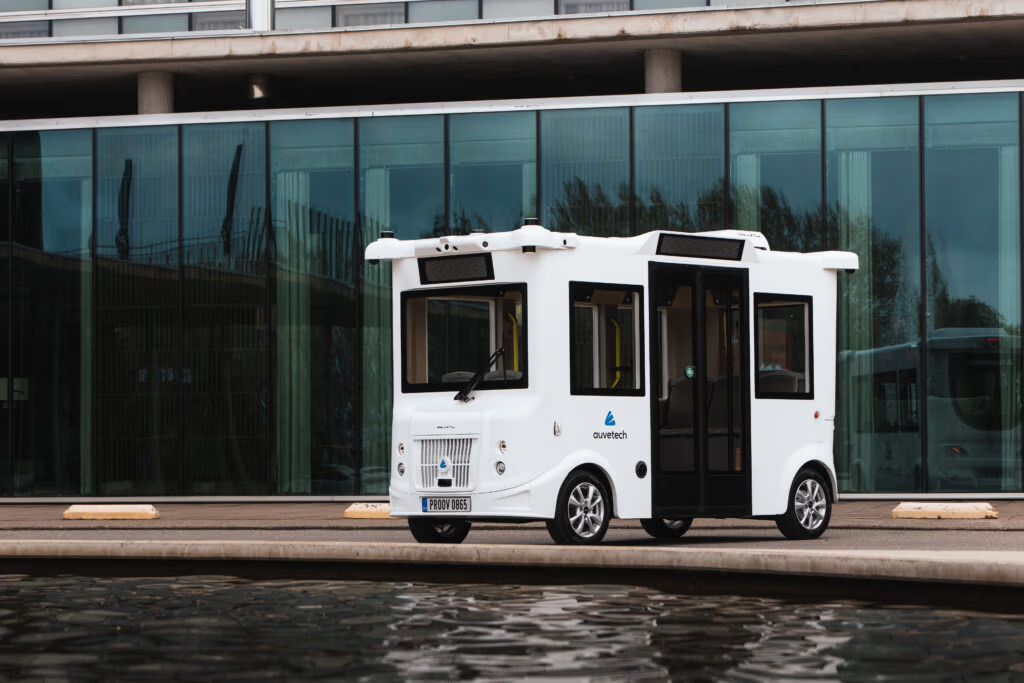
Building the Ecosystem
Auve’s mission extends beyond technology into policy and practice. By sharing operational data, publishing transparent performance metrics, and participating in international standards forums, the company helps set the benchmarks for an entire sector.
“We share our practical experiences so that guidelines reflect what truly works on the street,” Kaarel explains. “By publishing transparent performance metrics and lessons learned, we want to raise expectations across the entire autonomous shuttle category.”
Equally important is building local capacity. Through collaborations, Auve helps train technicians, dispatchers, and operations staff, ensuring communities gain skills alongside services.
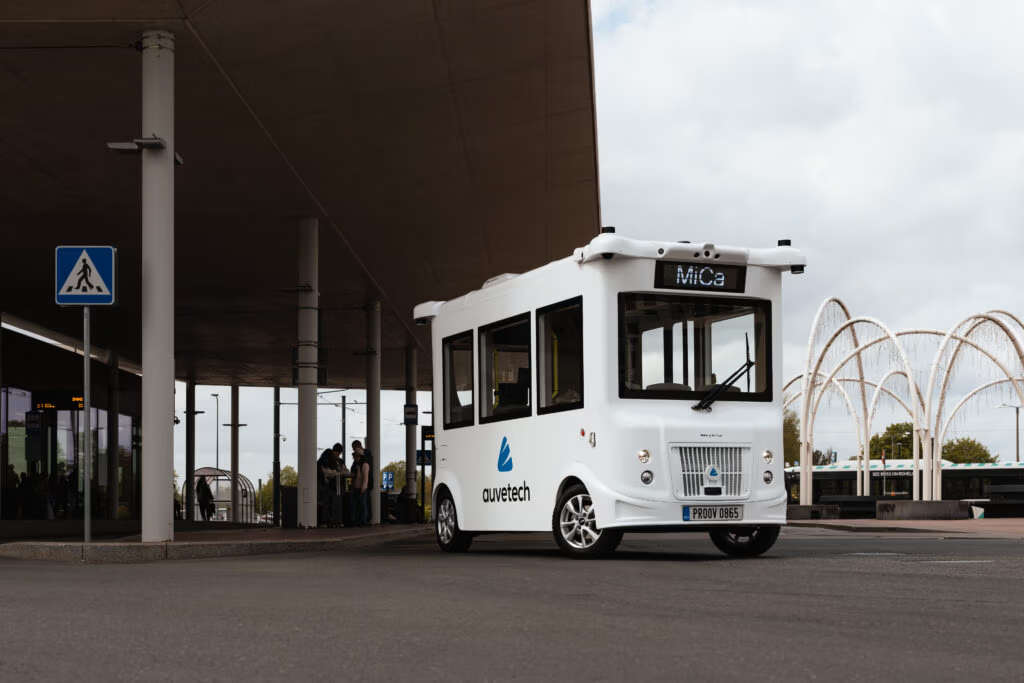
A Practical Vision for Cities
At its heart, Auve Tech’s work is about visible, everyday improvements: safer school zones, easier hospital access, better public spending.
“We stand for dependable progress: services that launch carefully, operate transparently, and improve step by step,” says Kaarel. “In an era of rapid promises, we want to show communities that cleaner, calmer, and more connected transport is possible – one short route at a time.”
Estonia’s Flagbearer for Autonomous Innovation
From a prototype built for a university anniversary in 2018 to a globally deployed autonomous fleet, Auve Tech’s rise mirrors Estonia’s digital ambition.
“It is possible to do great things in a short time in small Estonia” says Väino. “Auve Tech is proof that with the right focus and determination, we can lead the world in mobility innovation.”
It isn’t about flashy concepts or distant futures. It’s about solving today’s transport challenges with care, transparency, and ambition. By doing so, Auve Tech has not only become a global name in autonomous shuttles – it has also cemented Estonia’s place on the world map of mobility innovation.
